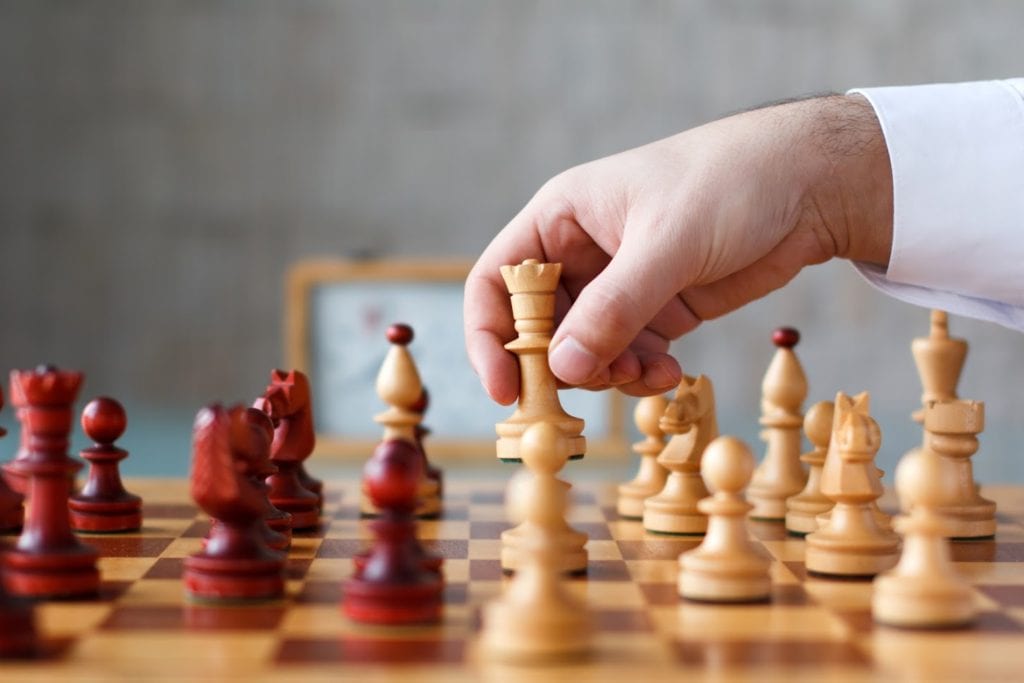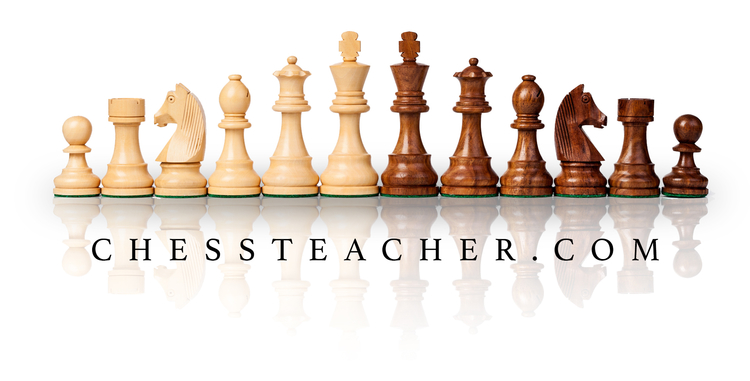The Mysterious Bishop: How to Use This Piece Effectively
 Few chess pieces require as much careful strategy as the bishop. Many players — even advanced ones — ignore the possibilities of the bishop because of its difficult play. This mistake can severely impact a player’s effectiveness. The following tips help to improve bishop play and provide players with a better chance of winning games.
Few chess pieces require as much careful strategy as the bishop. Many players — even advanced ones — ignore the possibilities of the bishop because of its difficult play. This mistake can severely impact a player’s effectiveness. The following tips help to improve bishop play and provide players with a better chance of winning games.
Pay Attention to Pawn Placement
In a typical chess game, bishops are classed as good or bad as the game develops. This classification relates to how the player sets up their pawn structure. Good bishops do not share the same color as a majority of the pawns on the board, which gives the bishop maximum movement ability.
By contrast, bad ones are blocked by pawns and struggle to be useful. Therefore, players should try to balance their pawns on each color as much as possible to avoid bad bishops. This act will open up a bishop’s diagonal as much as possible to make them useful almost immediately.
Pay Attention to the Tarrasch Rule
Siegbert Tarrasch was a well-regarded chess master who followed a multitude of rules throughout his lengthy career. One of his most important rules was to keep the bishop behind a passed pawn, either the player’s or their opponent’s. This unexpected move has many advantages for beginning and advanced players alike.
A bishop behind a player’s passed pawn has good protection from attack by opponent pieces while simultaneously controlling large portions of the board. And placing a bishop in front of an opponent’s passed pawn makes a forward movement — and possible promotion to a better piece — impossible. Try to position this bishop in the center of the board for maximum strategic possibility.
Know the Importance of Long-Distance Strategy
Like pawns, the low-value of the bishop can be used to a player’s advantage. Simply put, opponents rarely risk losing a high-value piece to take out a protected bishop, no matter how well-placed the bishop. Legendary chess player Bobby Fischer often used this to his advantage by placing bishops deep within his territory and using them to control vast swaths of the board.
Long-distance bishop use is particularly useful for setting up surprising checkmates. Even experienced players may get so focused on nearby or more powerful pieces and ignore the threat of the lurking bishop. Take advantage of this oversight by limiting a king’s movement from afar before dealing a devastating checkmate.
Open Up the Board to Improve Bishop Usefulness
Early in a game, the bishop may feel useless to many players. Tight and constricted playing situations do limit the usefulness of the bishop, which is why opening up the board is so important. Players should use the knight early — as this piece thrives in tight situations — to take out unprotected pawns and open a path for the bishop along its long path.
However, the player should simultaneously try to block their opponent’s bishop use by cluttering up the opponent’s side of the board. Parking a protected pawn along a critical bishop path will close off the opponent’s bishop and make it useless. Try this tactic with the bishop of the opposite color from the one that serves the most critical role in a game’s strategy.
Get Help With Bishop Strategy
These simple strategy tips should help chess players at any level advance their ability to use the bishop. Remember that no chess piece is useless or meaningless. Just like the queen or the rook, the bishop has a vital role to serve in a chess game and must be appropriately used to ensure victory.
If you want to improve your chess game, visit our website at Chess Teacher or fill out the contact form to set up chess lessons. Serious chess players deserve the chance to improve their skills and become the master that they want to become.
